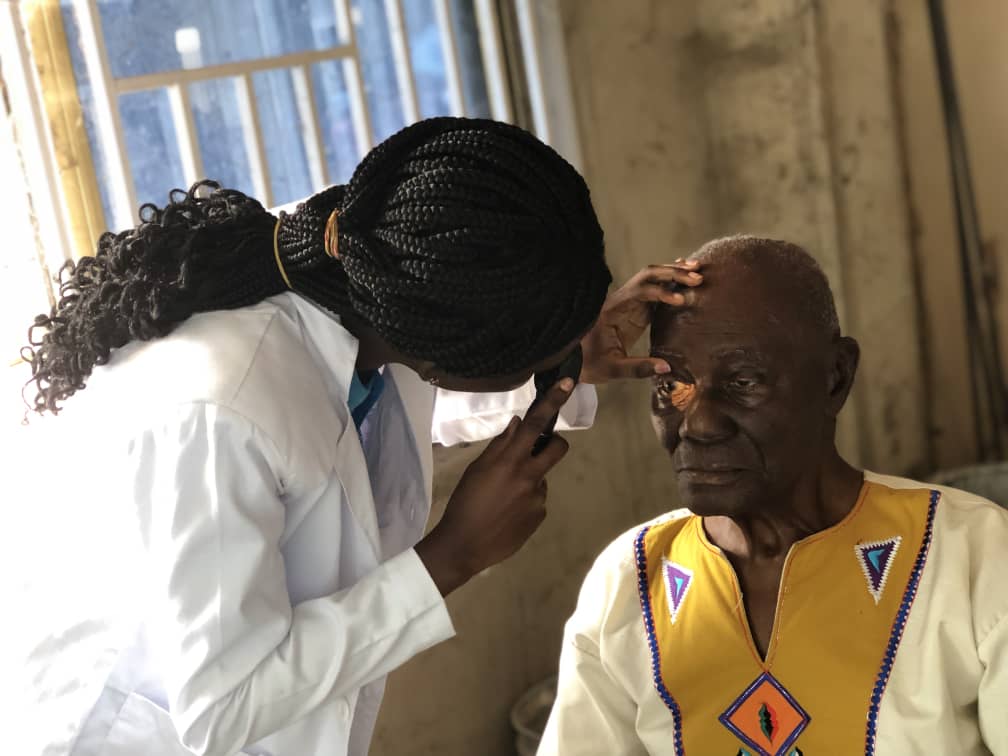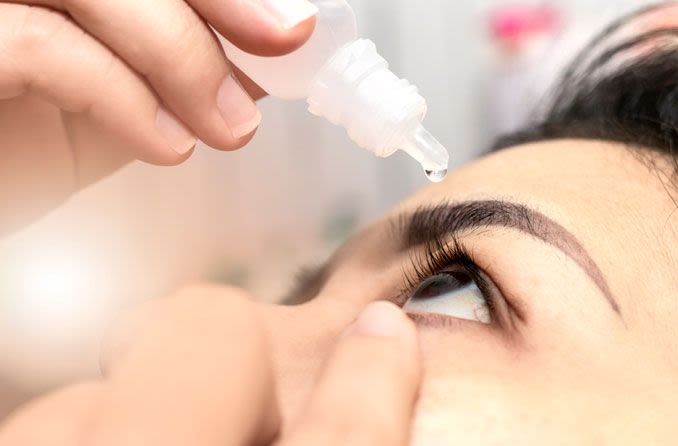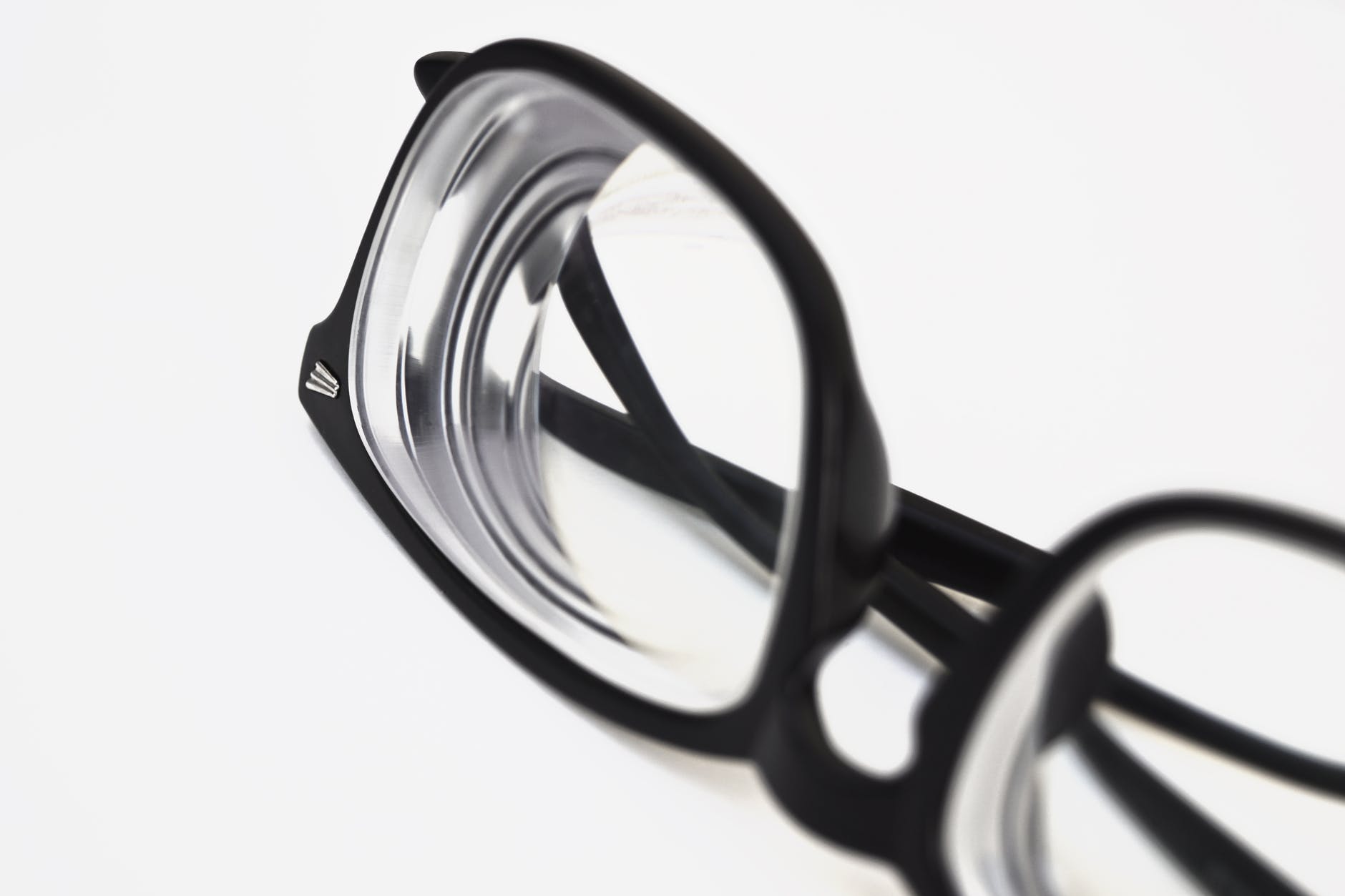Hello there,
And welcome to my blog, it is my hope that you and your family are safe and sound and continually abiding by the safety measures and protocols even as we continue to battle this pandemic. The worse may yet be over however we ought to play it safe.
Today I want to discuss the theory of myopia as a possible risk factor to one developing glaucoma and how we can keep a look out and get a grip of situation should things tend to go south.
Introduction
Glaucoma as a leading cause of blindness across the globe has had lots of research and attention been focused on it as we try to understand its origins and how to possible cure and or prevent its occurrence. Some risks factors for glaucoma development with more focus on primay open angle glaucoma include high myopia, hypertension, steroid use, diabetes etc.
The Interesting thing however is that Myopia is also becoming a canker for the world as its prevalence continue to rise across the globe especially in the Eastern World. So how are two factors that is affecting vision on a massive scale across the globe related? Before we can understand things better let’s have a crash course on both Glaucoma and Myopia.
Crash Course
Glaucoma is a condition of the eye which is diagnosed based on certain characteristics we see in the eye important among then is an increase in eye pressure however it is not only limited to this. Some of the changes also include thinning of the retina and formation of an excavation. Glaucoma is not painful with the exception of the acute closure angle type and has a bad prognosis if not tackled early or treatment is taken for granted. Glaucoma can only be managed
Myopia is a refractive error which causes blurry vision for far objects. It is also known as near sightedness. Myopic Individuals either has a greater power than normal for their eye or the eye ball is longer than expected.
The Theory
Theory revolves around high axial myopia, thus the eye ball been longer than expected. It was discovered in some experiments on rats that when myopia was induced they back of the eye underwent some changes similar to that seen in glaucoma cases, the sclera thinned out especially at the retina area and the pressure exerted on the eye caused some changes in and around the optic nerve head similar to glaucoma.
But, when the myopia inducing agent was removed the eye ball corrected itself and grew to how it ought to be. In the case of man, the eye ball stops growing by age 10 and so when we are diagnosed of myopia no correction is expected and in some cases our myopia continues to progress over the years. It is this persistence that may eventually lead to the individual developing glaucoma as the signs continue to bring out more signs and pressure increases and a whole lot continue to happen.
Way Forward
Let me point it out that this does not make it a declaration that if you have myopia or high myopia for that matter you will develop glaucoma however the knowledge of it been a risk factor should guide you as to what to do. And so I would advise that if you happen to be in this category do you best to have regular eye checkups at least twice every year should be good enough. This way if signs more specific to glaucoma decide to rear its ugly head we will spot it early and start dealing with it before things get out of hands.

Conclusion
Having regular eye checkups is not something meant for only glaucoma risk individuals, it is incumbent on us all to care for our eyes with regular eye care. Always remember to report all ocular cases to your optometrist as soon as possible, give your preschooler an eye exam before schooling and seek information from the right source.
Thanks for reading and have a great week, Special thanks to my mentors and supporters @mcsamm, @tj4real, @armandosodano, @delilhavores, @gentleshaid, @agmoore. For further reading;
Barathi, V. A., Boopathi, V. G., Yap, E. P., & Beuerman, R. W. (2008). Two models of experimental myopia in the mouse. Vision research, 48(7), 904–916. https://doi.org/10.1016/j.visres.2008.01.004
Harper, A. R., & Summers, J. A. (2015). The dynamic sclera: extracellular matrix remodeling in normal ocular growth and myopia development. Experimental eye research, 133, 100–111. https://doi.org/10.1016/j.exer.2014.07.015


Thanks for sharing, very interesting. I'll read the articles :)
!discovery 20
Thanks for reading :)
This post was shared and voted inside the discord by the curators team of discovery-it
Join our community! hive-193212
Discovery-it is also a Witness, vote for us here
Delegate to us for passive income. Check our 80% fee-back Program
Thanks for your contribution to the STEMsocial community. Feel free to join us on discord to get to know the rest of us!
Please consider supporting our funding proposal, approving our witness (@stem.witness) or delegating to the @stemsocial account (for some ROI).
Please consider using the STEMsocial app app and including @stemsocial as a beneficiary to get a stronger support.
Thank you for the support
Congratulations @nattybongo! You have completed the following achievement on the Hive blockchain and have been rewarded with new badge(s) :
You can view your badges on your board and compare yourself to others in the Ranking
If you no longer want to receive notifications, reply to this comment with the word
STOPTo support your work, I also upvoted your post!
Do not miss the last post from @hivebuzz: